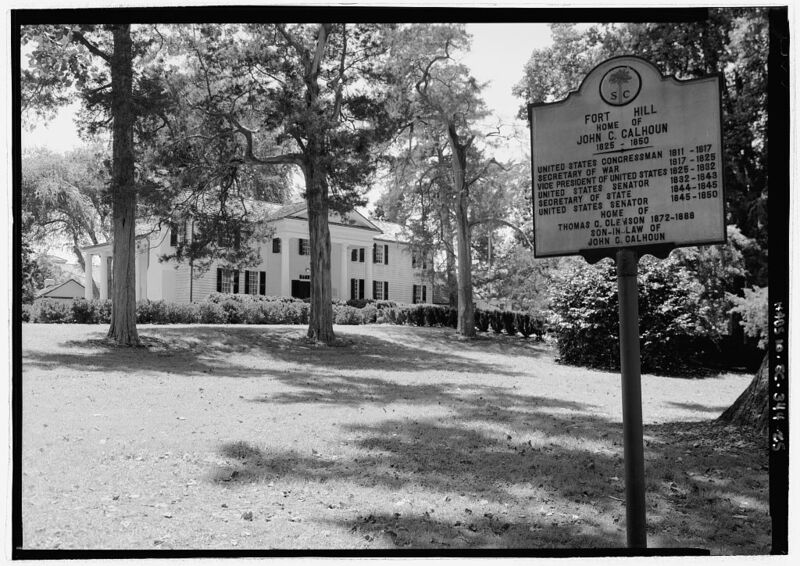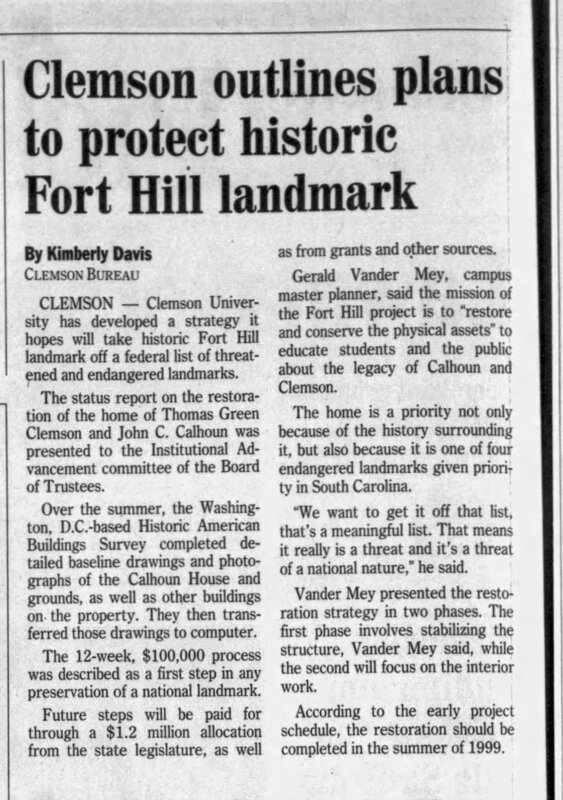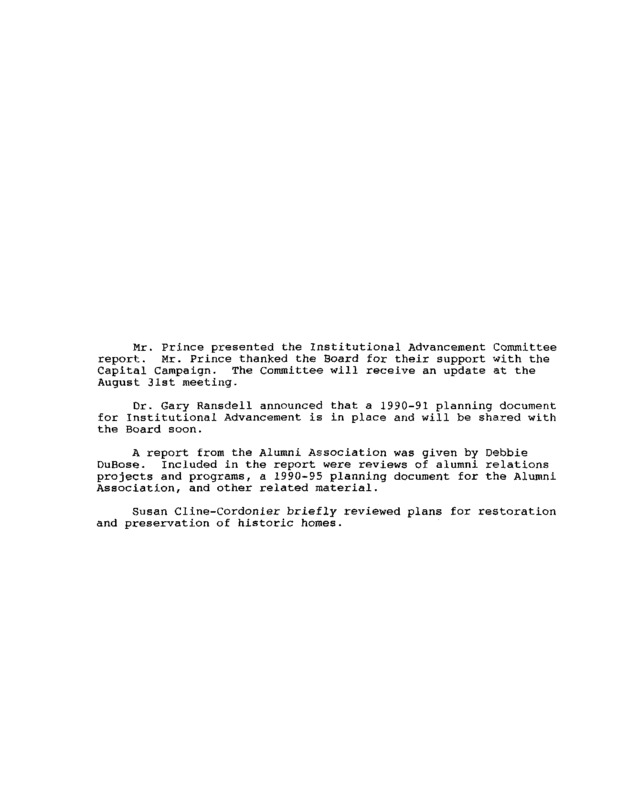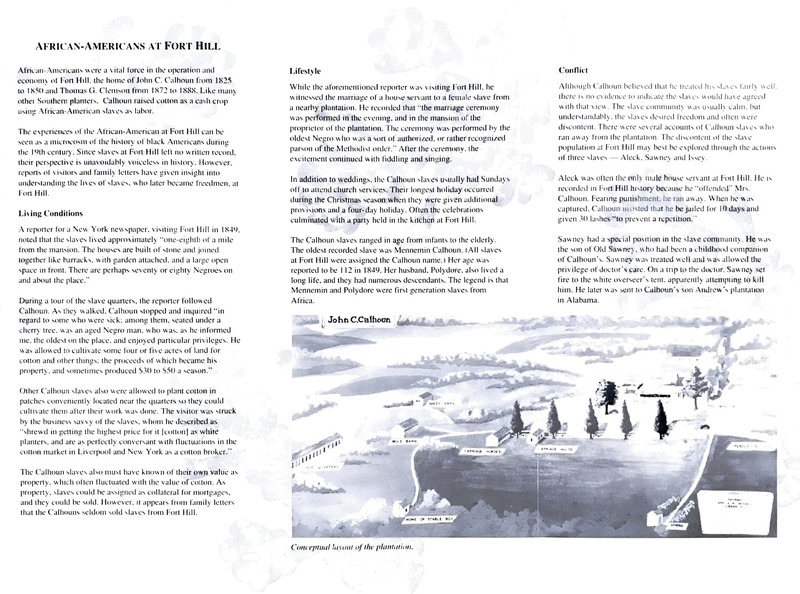Historic Houses Department 1984-1993
The 1980s was a pivotal decade for Fort Hill. Following Revelie Brannan as Curator would include Ann Russell. On Memorial Day May 31, 1988, Fort Hill was set on fire. The arson attempt was one of two diversion fires set to occupy police and fire department during a jewelry store heist. The events killed a graduate student in the corresponding apartment fire. The fire suppression system at Fort Hill contained the gasoline set blaze damage to the parlor wing.
While it might be to insensitive and an oversimplification to state that the arson sparked a renewed interest in Fort Hill, however it did convey that there was a need to protect and preserve Fort Hill. Immediately following the fire noted conservator Dr. Nathan Stolow was brough in to survey the conditions in 1988. The next year museum professional Nicholas Bragg conducted a Museum Assessment Program grand study of both conditions but also staffing in his recommendations in 1989. In 1989, Fort Hill was the center of a Fort Hill Conference, chaired by Dr. Carol Blesser. The authors of the Hammonds of Redcliff and Secret and Sacred, edited and penned an introductory essay. The book dust jacket covers for In Joy and In Sorrow in Joy and in Sorrow: Women, Family, and Marriage in the Victorian South, 1830-1900 featured Anna Maria Calhoun Clemson portrait and resulting essays were published.
Clemson University undertook a new direction when in 1990 Fort Hill became part of a newly created a Department of Historic Houses in 1990 to oversee the development of Fort Hill. The initial storyline in the Greenville News was actually, “Freshmen wary of big home on Campus: Clemson Preserves Historic Dwellings.”Just the title of the article illuminated the downgraded subheading. Fort Hill had evolved not into a museum, but an urban mythology, just one of those things campus tour guides like to relate to prospective students and their parents. Likewise, it placed Fort Hill at the butt of the jokes. How could a campus resource be funded, kept in repair, if there was a deterrence to entrance? Funding as an auxiliary and ancillary facility became low on the list of deferred maintenance so much so that Fort Hill was listed as a Threatened and Endangered National Historic Landmark.
The four-person Historic Houses Department had ambitions goals yet limited funding. Under the Director Susan Cline-Cordonier, department included an Education Curator of the museums, including the Hanover House operations and an historical archeologist. The first shift in interpretation of Fort Hill was in African-American history. History professor Dr. Louis Suggs, Frank Maldin and Herman Green assisgted the Education Curator with vetting the narrative which was printed as an educational pamphlet. The successes of the Department were many including the hiring of an African American archaeologist Carell Cowan-Rick to investigate cemetery hill’s Woodland Cemetery.
The Department of Historic Houses ceased to exist in July 1993 when during Clemson University cutbacks the entire department was eliminated through a Reduction-in-Force (RIF). The Director, Curator and Historical Archaeologist positions ceased to exist.






